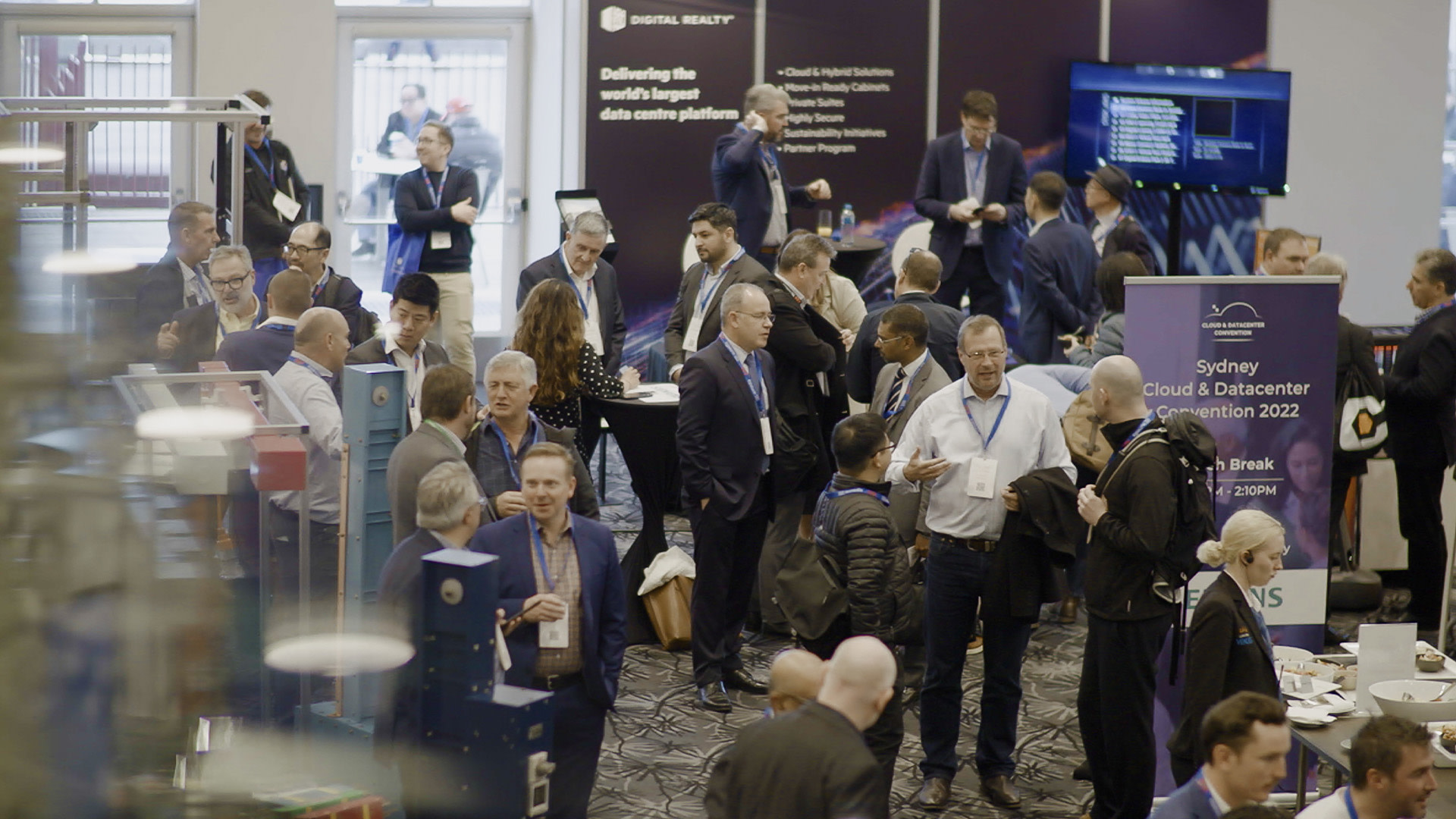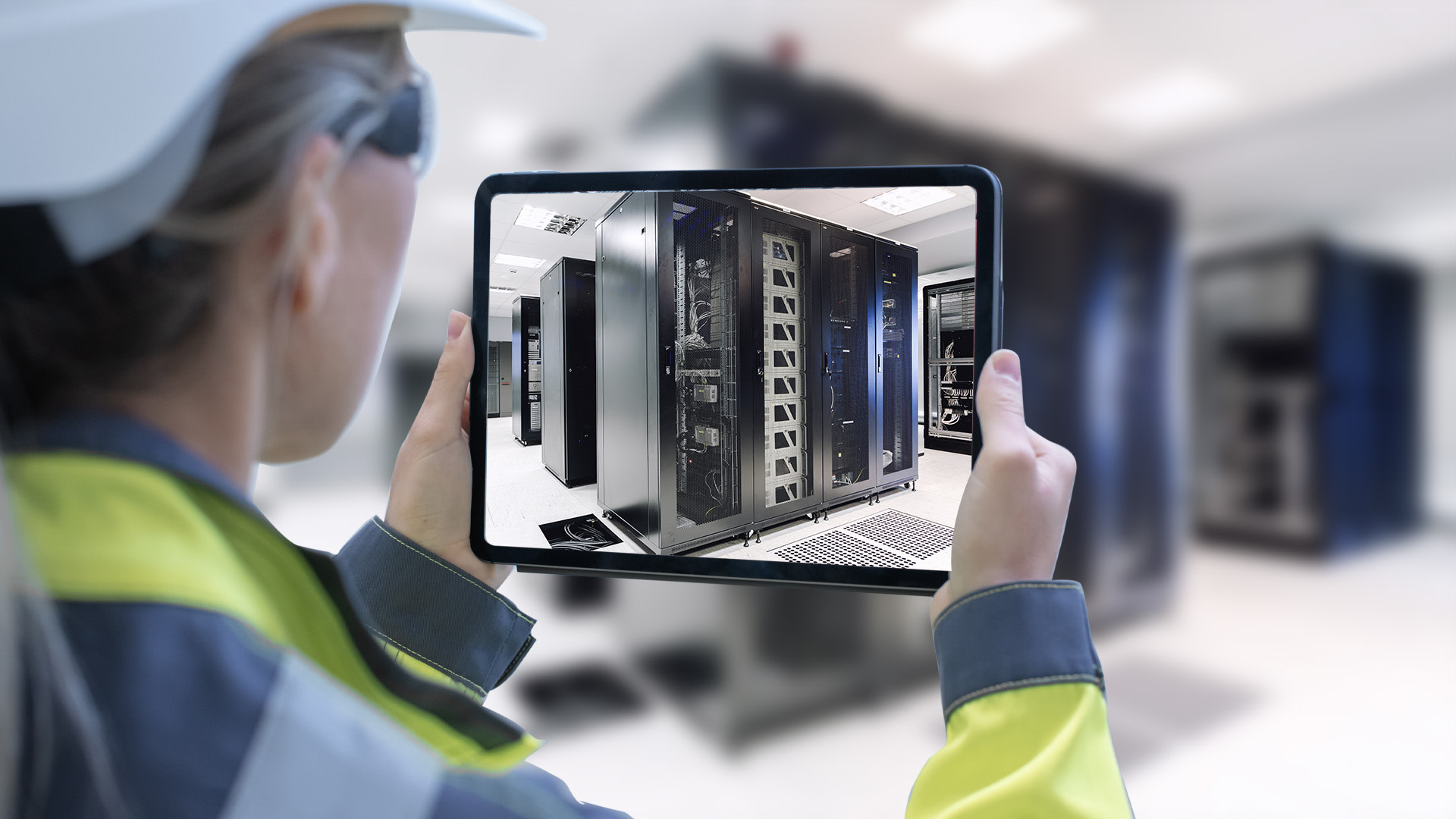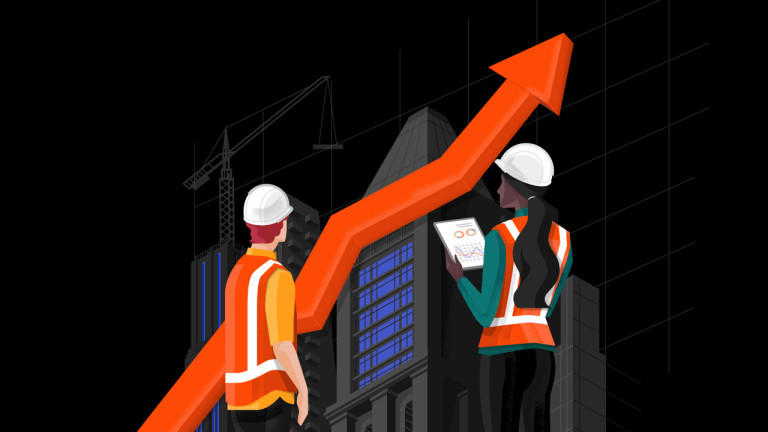Future proofing data centre construction
There is also a growing focus on Environmental, Social and Governance (ESG) in the data centres sector, and operators are turning to technology and analytics to help reduce emissions and strive for carbon neutrality.
These issues formed the basis for a roundtable discussion between data centre industry leaders at the Luna Park Convention Centre in Sydney on 25 August 2022. The roundtable was hosted by Procore Technologies, a cloud-based construction management software provider.
Key Themes
What emerged from the discussion?
the embracing of ESG by data centre operators and the importance of this going forward. The realistic prospects of achieving carbon-neutral data centres were also a central topic of discussion
how the use of data and analytics can help data centres run more sustainably and effectively, and how they can be used to drive efficiencies during the construction of these sites
the significant impact of the current widespread skills shortage on the sector, and the grassroots approach needed to better promote the sector to workers
how the rise in “edge” data centres has presented risks and opportunities in relation to ESG.
The discussion was recorded, refined and structured into this whitepaper.
Attendees
Charles Penny, managing director, AREA3
Brendan Smith, director, AREA3
Brian Coyle, director, Linesight
Joseph Gorman, associate, Linesight
Damon Reid, executive group director APAC, Global Switch
Peter Skiffington, strategic partner, data centres, Endeavour Energy
Margaret Rozali, building services practice lead, data centres, AECOM
Evan Pavlakos, construction manager, FDC Construction & Fitout
Ellen Yang, construction project manager, Equinix
Simon Kearney, director, Turner & Townsend
Gavin Dudley, head of DC portfolio, Fujitsu ANZ
Rod Glover, director of data centre operations, Digital Realty
Leonardo Espanola, solutions engineering manager, Digital Realty
Ryan Noble, enterprise account executive, Procore
William Morrow, APAC account executive, Procore
James Godfrey, enterprise account executive, Procore
Matt Doughty, enterprise customer success manager, Procore
Daryl Dunbar, Datacentre Consultant, Advisor and Investor (moderator)
ESG is being embraced by data centres, and carbon neutrality is a matter of time
There was widespread backing for ESG initiatives across all roundtable attendees. Participants supported efforts to reduce emissions associated with data centres and there was near-universal support for achieving carbon-neutral data centres in the future.
“I think we need to do the right thing - we’ve been living life too easy, we’ve had it too easy, we’ve been destroying the planet. Everyone is trying to get on the right track,” one attendee said.
Sustainability is already a key focus for all data centre operators in the Australian region. Late last year AirTrunk announced the first data centre sustainability-linked loan in the APAC region, with global operating power usage effectiveness being a key performance indicator.
The group pointed out that data centres in and of themselves are not necessarily highly damaging to the environment, despite any negative reputation that has been unfairly assigned to them.
“I think by nature it’s a pretty environmentally sustainable asset,” an attendee said.“
If you’re taking other computers out of the environment and consolidating them into the most efficient place you can do that, then you’re actually creating immense good,” another said.
There was debate over when it will be possible for data centres to achieve net zero emissions or carbon neutrality. Some participants believed it was possible for this to be achieved within five years, while others believed it would take significantly more time – up to a decade.
This is consistent with recent research on the topic. According to a recent Turner and Townsend study, 40 per cent of data centre operators consider net zero carbon data centres to be achievable within five years, compared to 34 per cent who think this is not possible.
The same study found a 50-50 split between those surveyed on whether data centre owners have a clear route map to achieving net zero carbon emissions.
While there was widespread support for the concept and ongoing efforts to achieve it, the realistic potential of achieving zero emissions before 2030 was hotly contested.
“ESG is great because it’s driving the right conversations and the right investment, but the reality is, in five years could we have a carbon-neutral data centre? I don’t think so,” a participant said. “That’s because the infrastructure is just not there to make it happen. In 10 years? I believe so.”
The roundtable participants also talked about the notion of renewable power purchase agreements or carbon offsets as a way to reach net-zero emissions. Most participants did not support the use of these initiatives, instead supporting longer-term, more sustainable efforts.
The group raised attention to the Singaporean government’s moratorium on new data centres, which was in place since 2019 but appeared to have been lifted earlier this year. In its place, the government imposed new conditions for data centre operators. The group discussed the prospects for government intervention in the sector to require ESG considerations.
Better analytics can help make data centres more sustainable
It was acknowledged at the roundtable that the better use of big data and analytics can help with this ESG mission and with reducing emissions. This can apply both to the operation of data centres and to their construction of them.
Several attendees pointed out that while the construction of a building gets a lot of focus in terms of its carbon footprint, its ongoing operation of it is often far more significant.
Close analysis of the operation of a data centre can lead to the identification of slight tweaks that can make a huge difference to the environment. As one attendee described: “We turned the speed of the chillers down just a couple of per cent and saved 20 per cent on our electricity bill.”
Better use of analytics on the operation of data centres can lead to the identification of changes like these which can help owners and operators to eventually achieve net-zero emissions.And these efficiencies aren’t necessarily coming from the top of an organisation - they can come from anywhere.
“It was an initiative from my building manager who did it on his own. It was not something that at that point had been top-down. Everyone’s focusing on up-time and the fear of touching the chillers because you might impact the up-time. But then there’s the realisation of what you actually get out of it,” one attendee said.
These analytics can be applied to the whole operation of a building too, attendees pointed out, not just to a data centre.
“Working out how we could improve the metrics and the visibility of those metrics, how we can integrate that, and then train the onsite technicians there to actually manage the building, rather than just manage the centre. That’s not a quick change,” another participant said.
The skilled labour shortage is hitting data centres too
The skilled labour shortage is hitting every industry in Australia. Data centres have not been spared from the ongoing competition for talent and the disconnect between supply and demand.
Attendees said that the skills gap is having a huge impact on their companies and the ongoing operation of data centres, with significant reported difficulties in hiring and retaining staff. Understaffed construction teams have a significant impact on data centre companies - from slowing down project delivery, to pushing out operational timelines and limiting business growth.
Many participants pushed for a grassroots approach to this issue, with a focus on encouraging young people to enter the industry and more established workers to make the switch.
One attendee said that the data centres industry isn’t good enough at promoting itself, impacting its ability to attract workers.
“It’s a very complicated asset and a very interesting asset. And I don’t think we give it enough credit, or we’re not very good at pushing it out there,” they said. “The youngsters that are coming through university, they need to be educated on what a great asset a data centre is.”
Australian companies are already more accepting of hiring people without existing data centre experience than their international counterparts. Participants identified workers from industries such as heavy electrical as good prospects to bring into data centres.
“We need to bring new blood into this industry, we need to upskill more people and the opportunities are just starting to surface now. We need to be a bit more innovative in how we do that as well,” an attendee said.
The risks and opportunities of “edge” data centres
An edge data centre is a small facility located near the edge of a network, providing the same devices which are found in traditional data centres but with a smaller footprint offered closer to users and their devices.
There has been significant debate on whether these edge data centres offer a potential solution to the sustainability issue.
Smaller data centres will become more prevalent in the future, and attendees acknowledged that ESG concerns need to be front and centre when considering this going forward.
One participant pointed out that even our smartphones could now be considered edge data centres.
“Once upon a time when you said ‘hey Siri’, it would actually have to go back into the core, process the language and then come back to you. That’s now done in your phone – that’s edge,” they said.
“It’s like a lot of water falling into a top dam that feeds into smaller dams around it, and the bigger the centre is, the more data that goes into the middle, the more they need to pump out the edge and that kind of becomes the cascade.”
Another participant raised the example of working with a hospital using artificial intelligence on edge devices to review mammograms and find anomalies that hadn’t previously been picked up. This process used artificial intelligence close to the source - the hospital - and then sent relatively small amounts of data further afield.
There will only be more initiatives like these in the future, and it’s important that sustainability issues are considered at the forefront of these innovations.
Conclusion
As a data centre owner or operator, you influence the whole lifecycle of a project, mandating the choice of technology and suppliers used with an in-depth understanding of clients' business challenges, risks and commercial objectives.
In order to become trusted advisors to clients, you must make informed, data-driven decisions and manage project risk. Procore’s unified platform connects information and teams in one place to drive complete visibility of a project. With real-time insight in a structured format, you can make more proactive decisions to achieve your goals.
Achieve quality, compliance and visibility on your data centre projects, with real-time insights.






